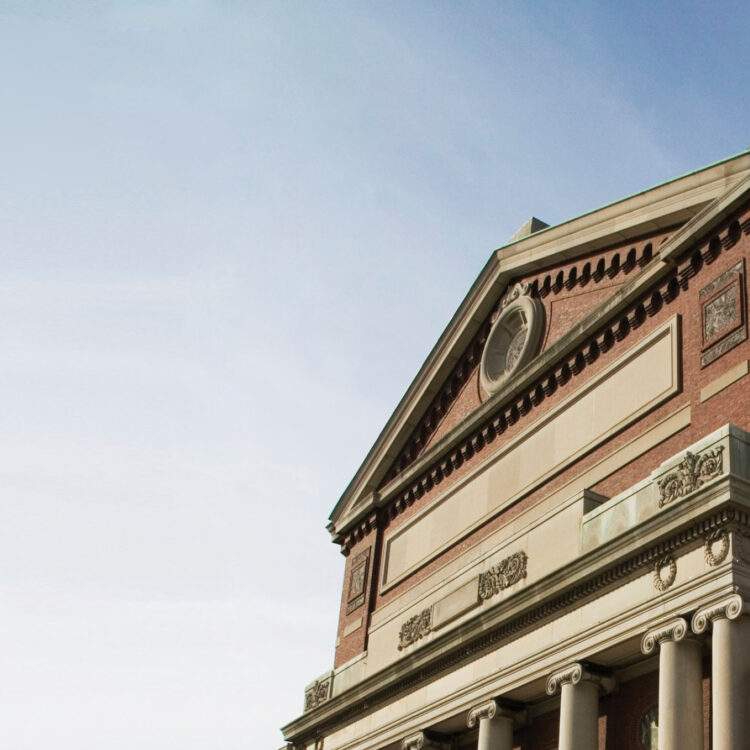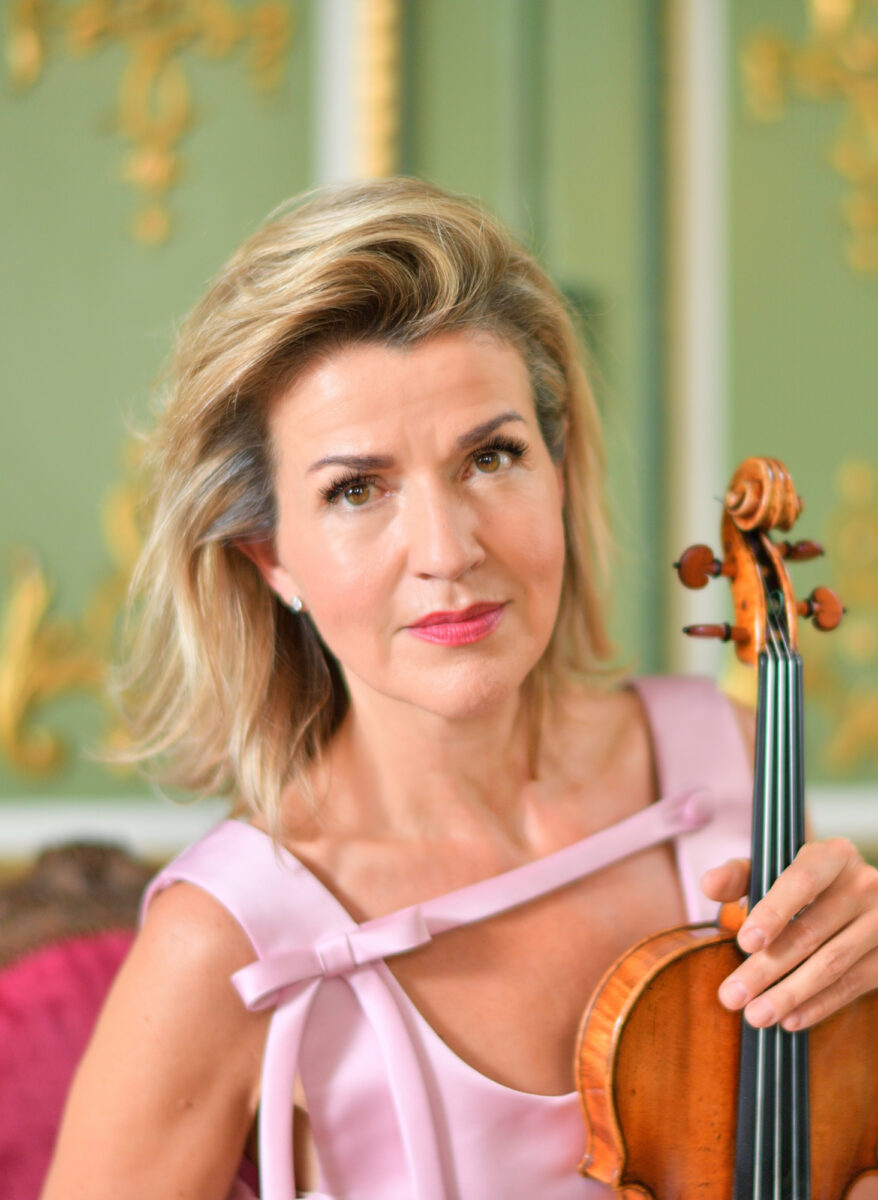Andris Nelsons conducts Adés, Mozart, and Sibelius with Anne-Sophie Mutter, violin and Golda Schultz, soprano

Boston Symphony Orchestra
Symphony Hall, Boston, MA
Andris Nelsons leads superstar violinist Anne-Sophie Mutter in the American premiere of English composer Thomas Adès’ new Sibelius-inspired Air for violin and orchestra, a BSO co-commission written for Mutter. In her BSO debut, the young South African soprano Golda Schultz sings Jean Sibelius’ Luonnotar, a dramatic tone poem with voice based on Finnish creation myth. Though his Fifth Symphony was an enormous success at its 1915 premiere, Sibelius extensively revised the original four-movement work, completing the final three-movement version in 1919.
Friday afternoon's performance by the vocal soloist is supported by a generous gift from the Ethan Ayer Vocal Soloist Fund.
Andris Nelsons, conductor
Anne-Sophie Mutter, violin
Golda Schultz, soprano
SIBELIUS Luonnotar
MOZART Violin Concerto No. 1
Intermission
Thomas ADÈS Air, for violin and orchestra (American premiere; co-commissioned by the Boston Symphony Orchestra, Andris Nelsons, Music Director, through the generous support of the New Works Fund established by the Massachusetts Cultural Council, a state agency and the Arthur P. Contas Commissioning Fund.)
SIBELIUS Symphony No. 5
- The Mary W. Nelson Memorial Concert
Performance Details
Apr 20, 2023, 7:30pm EDT
Program Notes & Works
Luonnotar
Based on the Finnish lore, Sibelius's Luonnotar describes the title goddess’s descent from the air into the sea and the subsequent creation of the universe.
Air, for violin and orchestra
Co-commissioned by the Boston Symphony Orchestra, Thomas Adès’s beautifully ethereal Air was composed for violinist Anne-Sophie Mutter.
Violin Concerto No. 1
The charm and energy of the First Concerto’s outer movements and the tenderness of its Adagio are pure Mozart.
Symphony No. 5
Sibelius led the premiere of his protean, triumphant Symphony No. 5 in 1915 and, despite public success, twice withdrew and revised it before premiering the final version in 1919.












